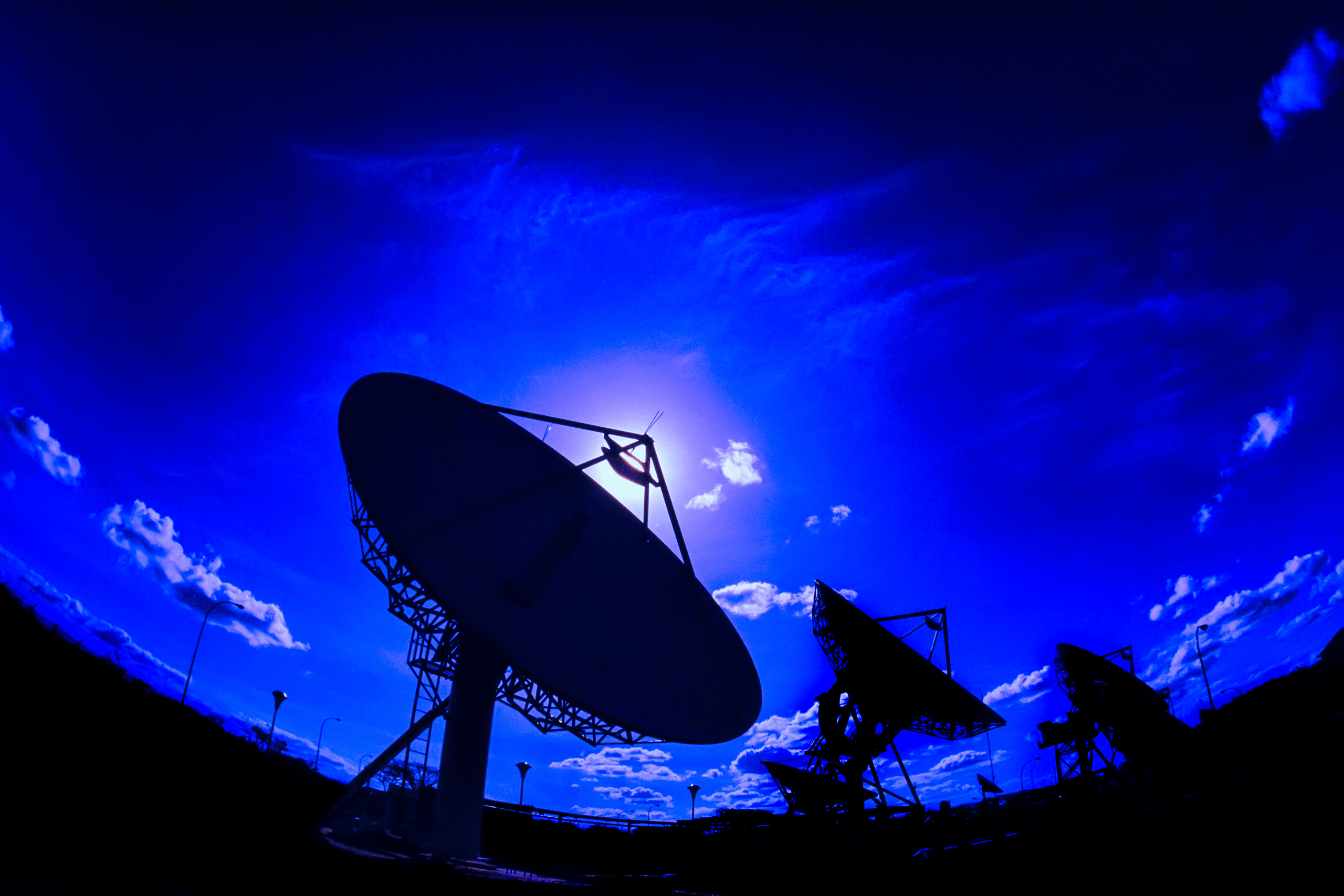
Chinese scientists have achieved a technological breakthrough, using a 2-watt laser to deliver data at a speed five times faster than Starlink, setting a new benchmark in satellite communication. Operating from a stationary orbit 36,000 kilometers above Earth, this satellite has demonstrated the ability to transmit data at an impressive 1Gbps, surpassing traditional satellite communication limits.
The Challenge of Atmospheric Turbulence
Satellite laser downlinks have always faced the challenge of atmospheric turbulence. As light travels through the Earth’s atmosphere, it scatters into weak, fuzzy patches, reducing signal quality. Current technologies, such as adaptive optics (AO) and mode diversity reception (MDR), have been used to counteract this problem but have struggled under strong turbulence conditions.
The Breakthrough Solution
A research team led by Professor Wu Jian from Peking University of Posts and Telecommunications, in collaboration with Liu Chao from the Chinese Academy of Sciences, has introduced a revolutionary approach: the synergy of AO and MDR. This innovative combination leverages the strengths of both technologies, allowing the satellite to stabilize and sharpen its signal even in turbulent atmospheric conditions.
Implications of the Achievement
This breakthrough means data can now be transmitted from space to Earth with unprecedented speed and efficiency. For context, this technology can transfer a high-definition movie from Shanghai to Los Angeles—spanning multiple Pacific Ocean widths—in less than five seconds.
The satellite’s performance significantly outpaces SpaceX’s Starlink, which operates at lower altitudes but delivers much slower speeds. This advancement opens new possibilities for global communication, remote sensing, and data transfer technologies, revolutionizing the capabilities of satellite networks.
Read more tech related articles here






Leave a Reply